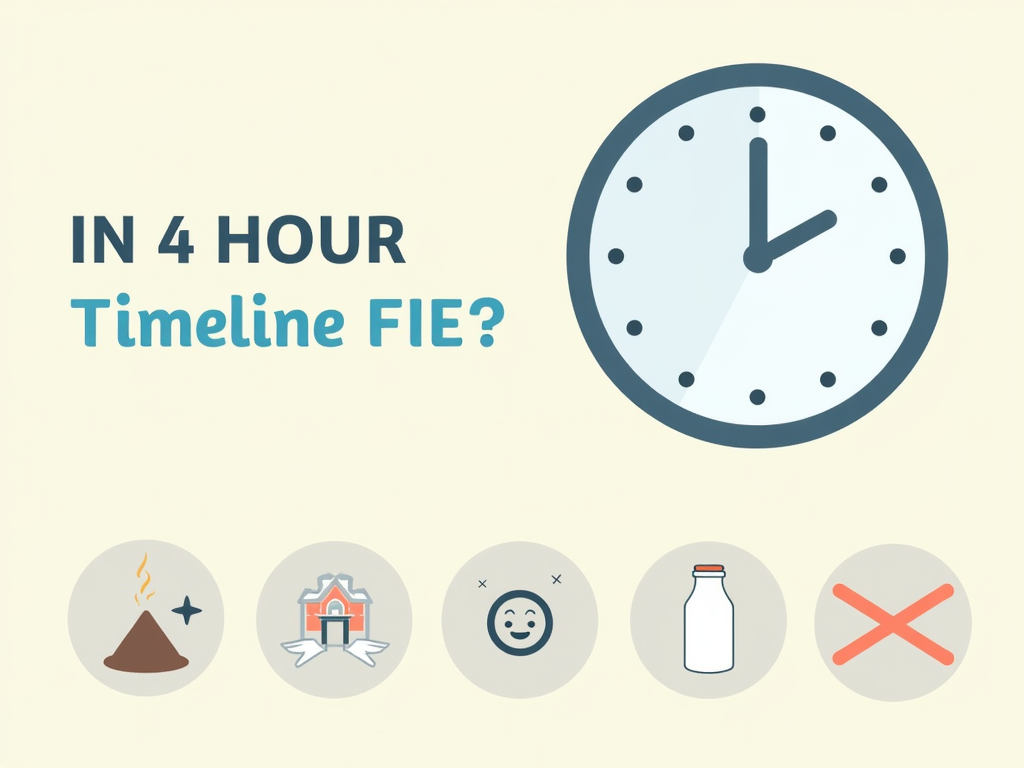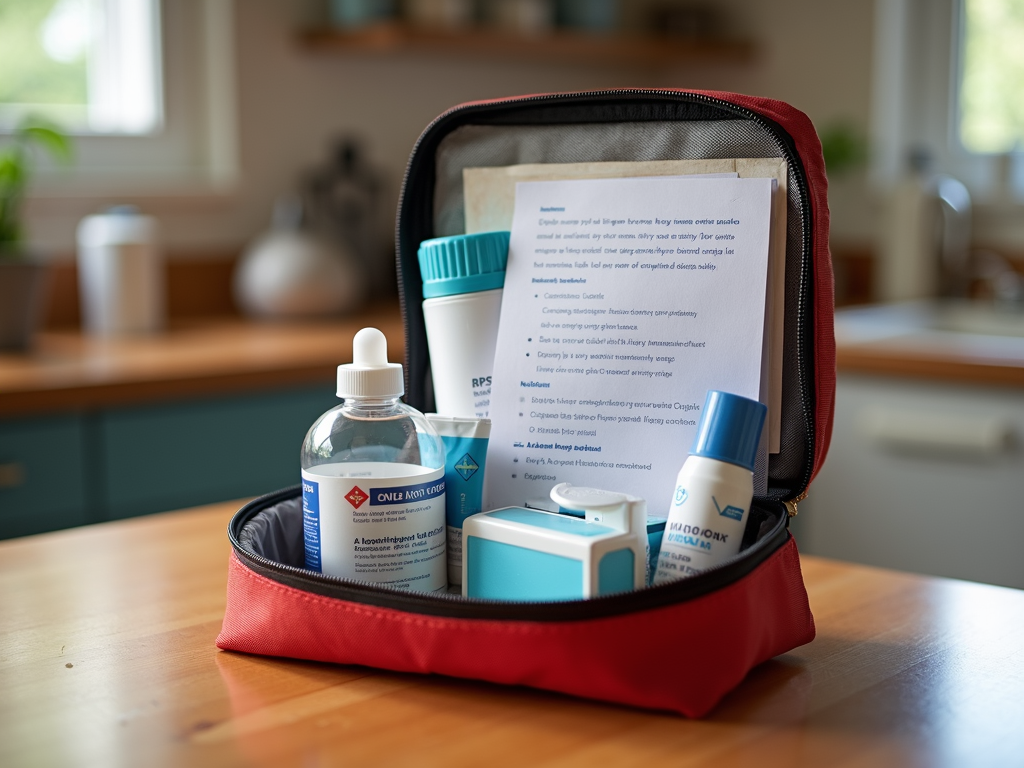Overview
Acute Food Protein-Induced Enterocolitis Syndrome (FPIES) is a food allergy that hits the stomach and intestines hard. Symptoms like vomiting and lethargy show up fast after eating a trigger food. This article dives into acute FPIES diagnosis and treatment, offering clear steps and real insights to help families cope.

What Is Acute FPIES?
Acute FPIES isn’t your typical food allergy. It’s a delayed reaction—usually kicking in 1-4 hours after eating something like milk, soy, or rice. My friend’s son had it, and it was terrifying to see him go from happy to vomiting nonstop in just a couple of hours. Unlike nut allergies with instant hives, FPIES brings on gut issues like:
- Severe vomiting
- Diarrhea
- Extreme tiredness
- Pale skin
The first time it happens, you might think it’s a stomach bug. But when it keeps happening with the same food, that’s a red flag.

Recognizing the Symptoms
Spotting acute FPIES early can save a lot of stress. Symptoms hit hard and fast, often leaving kids limp and parents panicked. Here’s what to watch for:
- Vomiting: Not just a little spit-up—it’s repetitive and intense.
- Lethargy: Kids look wiped out, like they can barely move.
- Pale or Blue Skin: A sign their body’s struggling.
- Low Blood Pressure: This can get serious quick.
I’ve heard stories from parents who rushed to the ER thinking it was sepsis, only to learn it was FPIES. Knowing this pattern helps you act fast. For more on symptoms, check out this guide from Children’s Hospital of Philadelphia.

How Acute FPIES Gets Diagnosed
Getting a solid acute FPIES diagnosis takes some detective work. Doctors don’t have a single test for it, so they piece things together. Here’s how it usually goes:
- Your Story Matters: They’ll ask about every episode—when it started, what your kid ate, how bad it got.
- Cut Out Suspects: You stop giving the food you think is the culprit. If symptoms vanish, that’s a clue.
- Food Challenge: In a hospital, they give a small amount of the food and watch closely. It’s nerve-wracking but confirms it.
I talked to a mom who did this with oatmeal—her daughter’s trigger. The relief of knowing for sure was huge. Experts at Stanford Medicine explain this process well.

Treatment Options That Work
There’s no magic pill for FPIES, but you can manage it. The big one? Avoid trigger foods like they’re the plague. Here’s what else helps:
- Dodge the Triggers: Once you know it’s milk or eggs, keep them out of reach.
- Emergency Plan: Have a letter from your doctor ready for the ER—it can speed things up.
- Hydration: IV fluids can be a lifesaver during a bad reaction.
A dad I know keeps a cheat sheet in his wallet listing his son’s triggers. It’s simple but effective. Sometimes, doctors use steroids for severe cases, but that’s rare.

Managing Life with Acute FPIES
Living with acute FPIES means staying one step ahead. You’ve got to educate daycare, family, everyone. I’ve seen parents carry safe snacks everywhere—it’s a hassle, but it works. Here’s a quick list:
- Label everything at home.
- Teach your kid to say no to unsafe foods as they grow.
- Keep an emergency kit with doctor’s notes and contacts.
One family I know turned it into a game for their toddler—‘safe food superheroes.’ It lightened the load. For more tips, Allergy & Asthma Network has great resources.

When Reactions Happen
Even with the best plans, slip-ups occur. If your kid eats a trigger food, act quick:
- Stay Calm: Panic makes it worse.
- Hydrate: Water or Pedialyte if they can keep it down.
- Call for Help: If they’re pale or floppy, head to the ER.
My neighbor’s daughter once grabbed soy milk at a party. They caught it early, and a quick trip to urgent care fixed it. Having a plan makes all the difference.

Long-Term Outlook
Here’s the good news: many kids outgrow FPIES by age 3-5. But until then, it’s about staying proactive. Work with a doctor to retest triggers every year or so—safely, of course. I’ve seen families celebrate the day their kid tried milk again without a reaction. It’s a slow win, but it’s worth it.

Summary
Acute FPIES is tough, but you can handle it with the right knowledge. From spotting symptoms to mastering acute FPIES diagnosis and treatment, this guide covers it all. Stay informed, plan ahead, and lean on support when you need it. Check out the readings below for more help.
Discuss Here